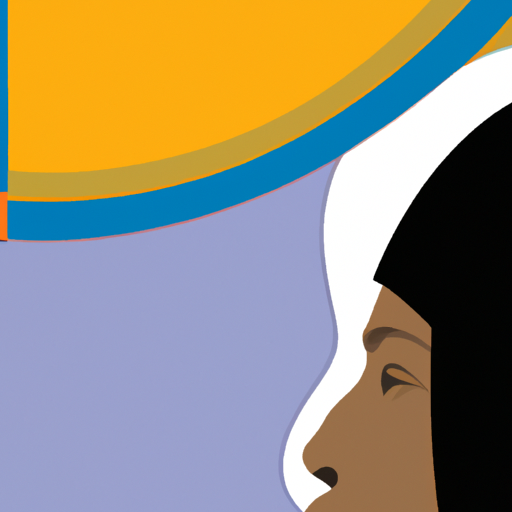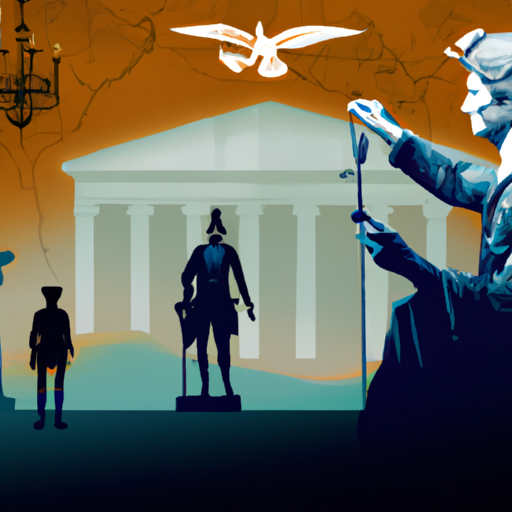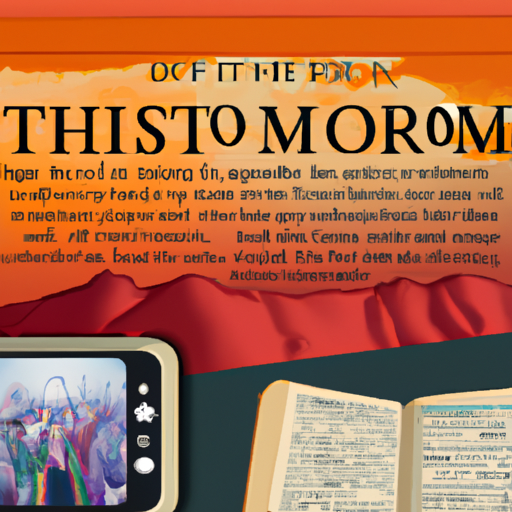What did females wear in the Victorian era?
In the Victorian era, women’s clothing was characterized by modesty, elegance, and intricate designs. The typical outfit for Victorian women consisted of several layers, including:
- Undergarments: Victorian women wore a range of undergarments, including chemises, drawers, corsets, petticoats, and hoop skirts. These undergarments provided the desired silhouette and support.
- Bodices and Skirts: The core of a Victorian woman’s outfit was a bodice and a full, floor-length skirt. Bodices were typically high-necked and buttoned or laced in the front, often accentuating the small waist. Skirts were voluminous and could be made of various fabrics.
- Outerwear: Victorian women wore outer garments like jackets, mantles, and shawls, which were often richly decorated and coordinated with the rest of the outfit.
- Headwear: Women wore hats or bonnets as a fashion statement. Bonnets, in particular, were common and featured ribbons, flowers, and lace.
- Gloves and Accessories: Gloves were a common accessory, as were fans, parasols, and handbags.
- Footwear: Women wore leather or fabric boots or shoes with low heels, often featuring buttons or laces.
What does the typical Victorian woman look like in appearance?
The typical appearance of a Victorian woman was characterized by a small waist, full skirts, and a demure, modest demeanor. The fashionable silhouette of the time emphasized an hourglass figure, with a tiny waist achieved through the use of tightly laced corsets. Victorian women often had pale, porcelain-like complexions, and they used makeup to achieve a natural, delicate look. Hair was typically long, styled in updos or braids, and often decorated with accessories.
How to dress in Victorian style?
To dress in Victorian style, you can follow these general guidelines:
- Undergarments: Start with the appropriate undergarments, including a chemise, drawers, corset, and petticoat. These create the desired silhouette.
- Bodice and Skirt: Choose a high-necked, buttoned or laced bodice, and pair it with a full, floor-length skirt. Ensure that the bodice and skirt are coordinated in terms of color and fabric.
- Outerwear: Add an appropriate jacket, mantle, or shawl that complements your outfit.
- Headwear: Top your ensemble with a bonnet or hat adorned with ribbons and lace.
- Accessories: Gloves, fans, parasols, and handbags can enhance the Victorian look.
- Footwear: Select boots or shoes with low heels and lace or button closures.
What did Victorian era dresses look like?
Victorian dresses were characterized by their voluminous skirts, cinched waistlines, and intricate designs. These dresses often featured long sleeves and high necklines. Fabrics varied from silks and satin for formal occasions to cotton and wool for everyday wear. Floral patterns, lace, and intricate embroidery were common embellishments.
What did Victorian ladies wear under their dresses?
Under their dresses, Victorian ladies wore a variety of undergarments, including chemises (shifts), drawers (pantaloons), corsets, petticoats, and hoop skirts. These undergarments were essential for achieving the fashionable Victorian silhouette, with a small waist and full skirts.
What Colors did Victorians wear?
The colors worn by Victorians varied depending on the occasion and social status. Pastel colors like lavender, soft blue, and pale pink were popular, but deeper colors like burgundy, emerald green, and navy were also fashionable. Queen Victoria’s mourning period influenced the popularity of black, especially for widows.
Did Victorians wear lipstick?
Victorian women did not commonly wear modern-style lipstick as we do today. Instead, they might use lip salves or natural tints for a touch of color. Lipsticks, as we know them, were not widely available during the Victorian era.
What was the most popular color in the Victorian era?
The popularity of colors in the Victorian era evolved over time. In the early Victorian period, softer pastel colors were fashionable. As the era progressed, deeper, richer colors like jewel tones became more prevalent. Queen Victoria’s mourning for Prince Albert influenced the popularity of black.
What makeup did Victorians wear?
Victorian makeup was relatively subtle, aiming to achieve a natural and demure appearance. Common makeup items included rice powder for a pale complexion, cheek tints made from botanical extracts, and lip salves or tints. Eyelash curlers were used to enhance the eyes, and some women used charcoal or soot to darken their eyelashes and eyebrows. The Victorian makeup look was understated and focused on enhancing one’s natural beauty while maintaining an air of modesty.






